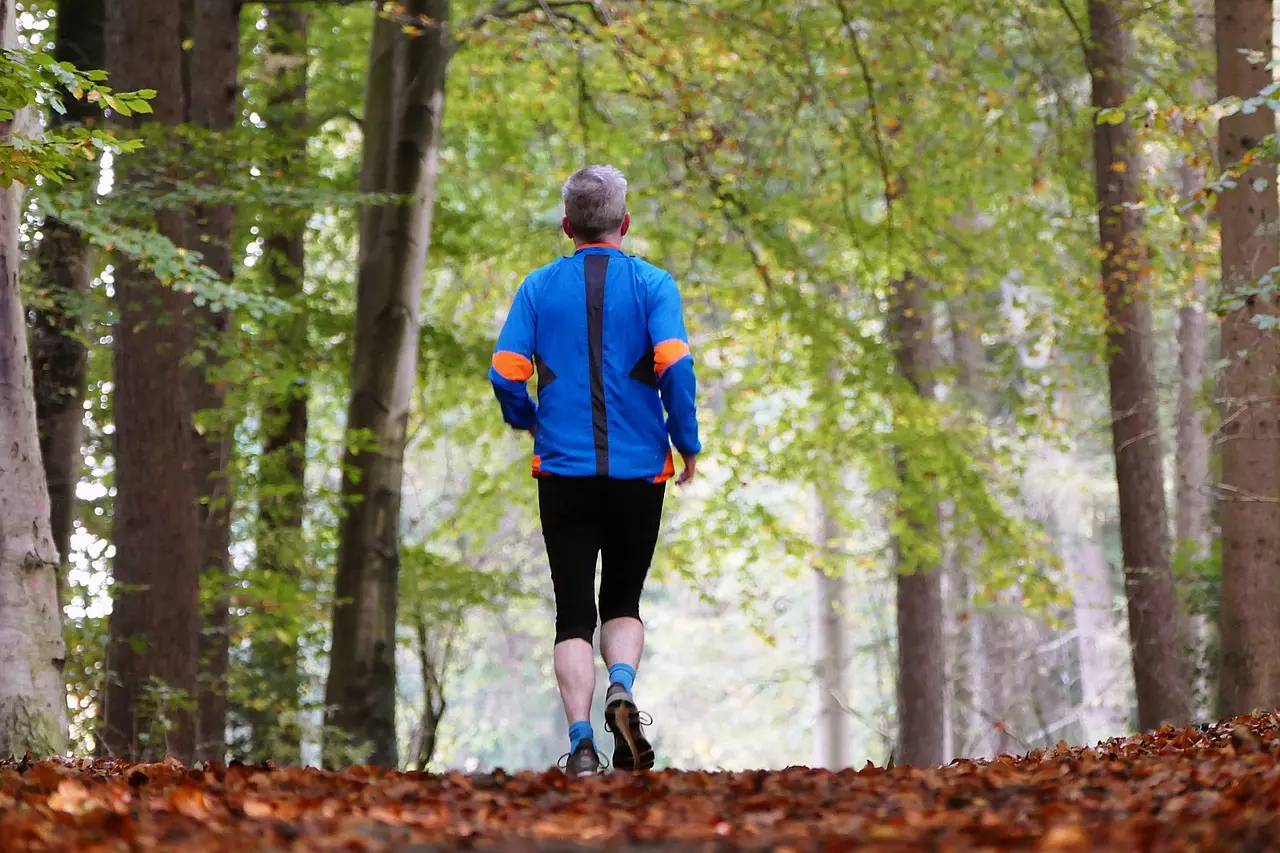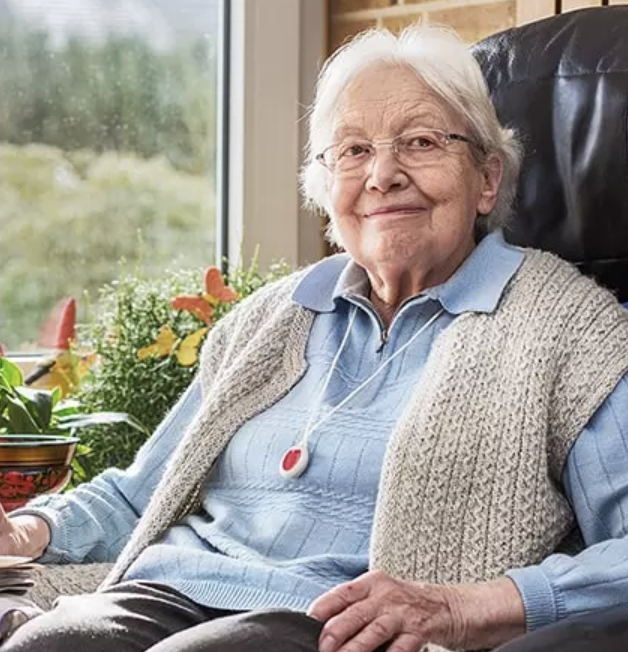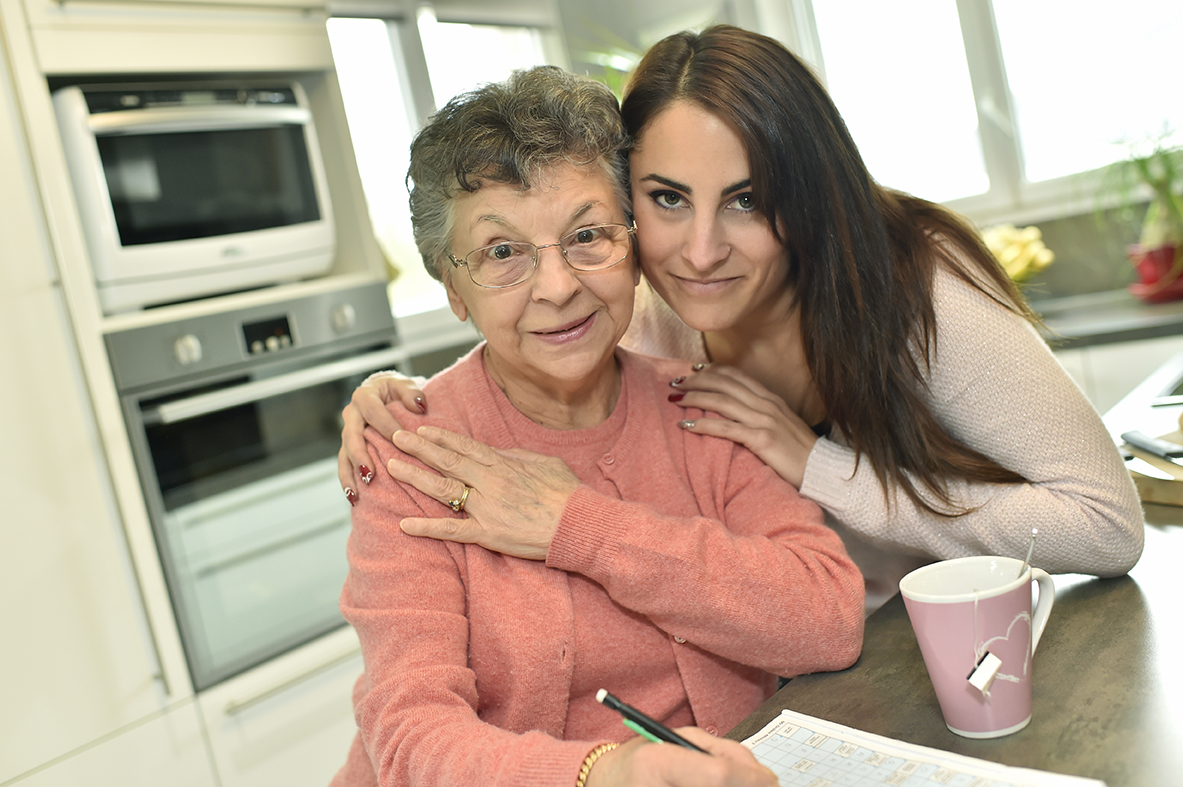
Exercise is a powerful tool for maintaining overall health and well-being, but it's also a double-edged sword when it comes to aches and pains. The relationship between exercise and discomfort is complex, and understanding it is crucial for effectively managing and preventing pain. In this article, we'll explore the impact of physical activity on aches, and provide tips on how to use exercise to your advantage for a pain-free life.
The benefits of exercise for aches
Find YOUR ideal care home NOW!
-
Muscle strength and support: Regular exercise can enhance muscle strength, which, in turn, provides better support for the joints. This added support helps alleviate aches related to joint problems.
-
Improved circulation: Exercise promotes better blood circulation, aiding in the delivery of oxygen and nutrients to muscles and tissues. This improved circulation can help reduce muscle soreness and aches.
-
Weight management: Maintaining a healthy weight through exercise can alleviate pressure on the joints, particularly the knees and lower back, which are common sites of discomfort.
-
Flexibility and mobility: Stretching and flexibility exercises can enhance joint mobility and reduce the risk of stiffness and aches.
-
Pain tolerance: Engaging in physical activity can help increase your pain tolerance, making you more resilient to aches and discomfort.
The potential risks of exercise-related aches
-
Overexertion: Pushing your body too hard or too fast can lead to overexertion and muscle strains, resulting in aches and pains.
-
Incorrect form: Poor exercise form can strain muscles and joints, causing discomfort. It's essential to learn proper techniques and use appropriate equipment.
-
Unmanaged health conditions: For individuals with certain health conditions, vigorous exercise can exacerbate aches. It's crucial to tailor exercise routines to your specific needs.
-
Lack of recovery: Failing to allow your body time to recover after intense workouts can lead to aches. Adequate rest is vital for healing and preventing exercise-related discomfort.
Tips for managing and preventing exercise-related aches
-
Start slow: If you're new to exercise or returning after a long break, start with low-intensity activities and gradually increase the intensity and duration.
-
Warm-up and cool down: Always warm up before exercise to prepare your muscles and cool down afterward to prevent stiffness.
-
Proper form: Learn the correct techniques for exercises, and use proper form to reduce the risk of injury.
-
Listen to your body: Pay attention to your body's signals. If you experience pain during exercise, stop and seek guidance from a healthcare professional.
-
Stay hydrated: Dehydration can lead to muscle cramps and discomfort. Drink plenty of water before, during, and after exercise.
-
Variety: Incorporate a variety of exercises into your routine to prevent overuse of specific muscles or joints.
-
Consult a professional: If you have pre-existing health conditions or specific concerns, consult with a fitness professional or physical therapist for tailored exercise recommendations.
| Benefit | Description |
|---|---|
| Muscle Strength and Support | Regular exercise can enhance muscle strength, providing better support for the joints, alleviating aches related to joint problems. |
| Improved Circulation | Exercise promotes better blood circulation, aiding in the delivery of oxygen and nutrients to muscles, helping to reduce muscle soreness and aches. |
| Weight Management | Maintaining a healthy weight through exercise can alleviate pressure on joints, particularly the knees and lower back, which are common sites of discomfort. |
| Flexibility and Mobility | Stretching and flexibility exercises can enhance joint mobility and reduce the risk of stiffness and aches. |
| Pain Tolerance | Engaging in physical activity can help increase pain tolerance, making you more resilient to aches and discomfort. |
Exercise is a valuable tool for maintaining a healthy, pain-free life. By understanding the relationship between physical activity and aches and adopting safe and effective exercise practices, you can harness the benefits of exercise while minimizing the risk of discomfort and pain.
Frequently Asked Questions
How does exercise help with aches?
Exercise strengthens muscles, improves circulation, and maintains a healthy weight, all of which can help alleviate aches related to muscle and joint problems.
What types of exercise are best for reducing joint pain?
Low-impact exercises such as swimming, cycling, and walking can reduce joint strain while improving flexibility and mobility.
Can exercise worsen existing aches?
Yes, if done improperly or in excess, exercise can lead to overexertion, muscle strains, or exacerbation of pre-existing health conditions. It's important to start slow and consult a professional.
How can I prevent exercise-related aches?
To prevent aches, always warm up and cool down, use proper form, stay hydrated, and gradually increase exercise intensity. Listen to your body and allow time for recovery.
Is it safe for seniors to exercise with joint pain?
Yes, seniors can benefit from exercise, but it’s important to tailor routines to individual needs and health conditions. Consulting a professional is recommended for a personalized plan.
Need help finding a care home?
Senior Home Plus offers free personalized guidance to help you find a care facility that suits your health needs, budget, and preferred location in the UK.
Call us at 0203 608 0055 to get expert assistance today.
Do you need a care home for yourself or your loved one?
Search for Care Homes by Region
| East Midlands | Eastern | Isle of Man |
| London | North East | North West |
| Northern Ireland | Scotland | South East |
| South West | Wales | West Midlands |
| Yorkshire and the Humber |
Share this article :
Latest posts
You are looking for an establishment for your loved one ?
Get availability & prices
Fill in this form and receive
all the essential information
We would like to inform you of the existence of the opposition list for telephone canvassing.









